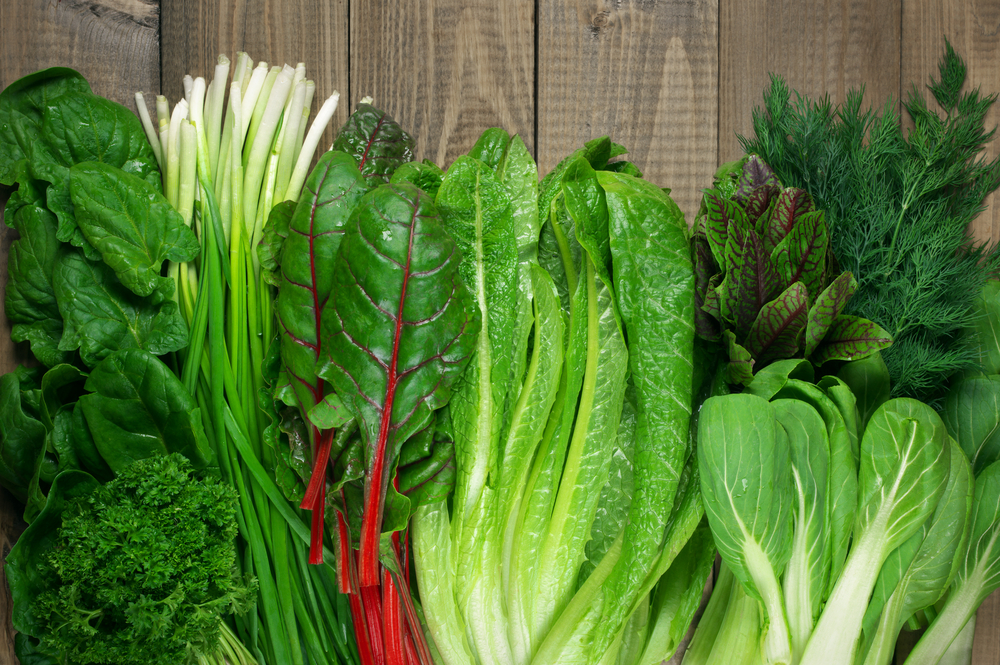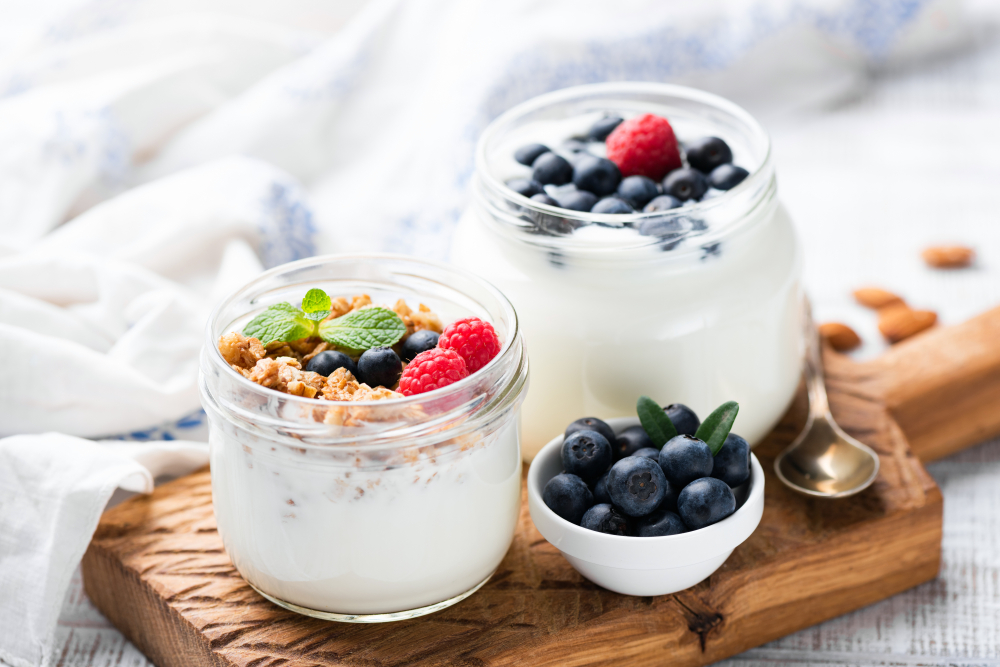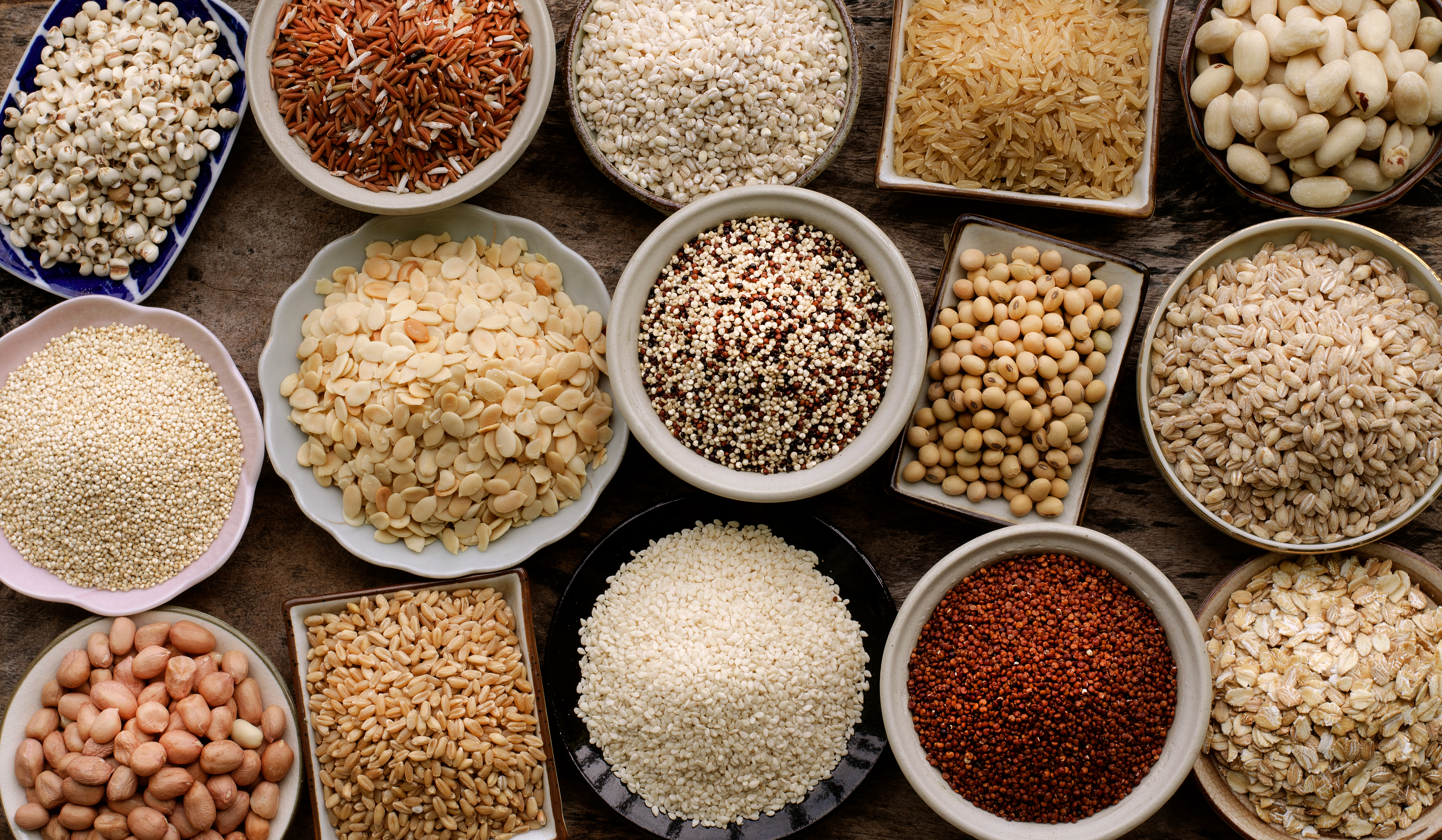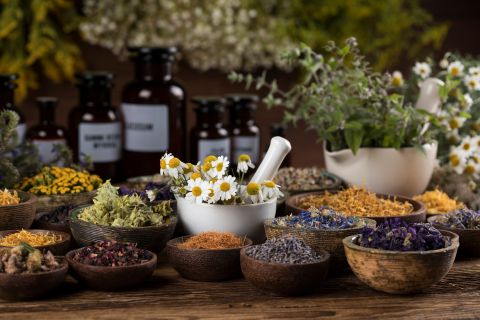ALBAWABA - High blood pressure, known as hypertension, is a common health condition affecting an estimated 1.3 billion people worldwide. Regardless if you were or weren't one of those people, this article should still help to keep you informed, so that in the future, you may help others.
While medication plays a crucial role, having a healthy diet can significantly help manage blood pressure levels and reduce the risk of related complications. Here are some food that individuals with hypertension should consider adding to their daily meals:
1. Leafy greens

Shutterstock
Leafy green vegetables, such as spinach, kale, and Swiss chard can be great for blood pressure. These vegetables are not only low in calories, but are packed with vital nutrients like potassium, which helps balance sodium levels in the body. They also contain nitrate, a compound that aids in dilating blood vessels, easing blood flow, and reducing blood pressure.
2. Berries
Berries, like strawberries, blueberries, and raspberries, are not only delicious but also offer numerous health benefits. These fruits are rich in antioxidants, specifically flavonoids, which have been linked to lower blood pressure levels. Additionally, the natural fiber found in berries can help improve heart health and reduce the risk of hypertension. Add berries to your breakfast cereals, yogurt, or enjoy them as a refreshing snack throughout the day.
3. Yogurt and low-in-fat dairy

Shutterstock
Low-fat dairy products, such as yogurt, milk, and cheese, are excellent options for individuals with hypertension due to their high calcium content. Calcium plays an important role in regulating blood pressure. Adding these dairy products into your diet can help maintain healthy blood pressure levels. However, make sure to try to choose low-fat or fat-free options if you can. If you aren't sure where to start, experiment with Greek yogurt, as it contains higher protein levels and can be enjoyed with fruit or as a salad dressing.
4. Fatty fish
Certain fish, such as Salmon and mackerel, are full of Omega-3 fatty acids and Vitamin D, both nutrients can help lower and regular blood pressure. Just make sure to lightly season your favorite filet.
5. Whole grains

Shutterstock
Whole grains, including oatmeal, brown rice, and quinoa, are beneficial for managing blood pressure. Packed with fiber and important minerals like magnesium and potassium, whole grains can lower blood pressure levels. The fiber content aids in reducing cholesterol levels and maintaining a healthy weight, both of which contribute to overall heart health. Opt for whole wheat bread, whole grain pasta, and other whole grain products to boost your fiber intake and regulate blood pressure.
6. Lean protein
Lean sources of protein, such as skinless poultry, fish, and legumes, are really good for blood pressure management. These protein sources are low in saturated fat and high in essential nutrients like potassium and calcium, which help regulate blood pressure levels. Consider replacing red meat with lean options to reduce the associated risks.
While adding this food to your diet alone cannot stop the need for medication, it can help support any medical treatment and significantly contribute to maintaining healthy blood pressure levels. Don't hesitate to consult with a healthcare professional or nutritionist to tailor a balanced diet plan that best suits your specific needs and medical condition.










